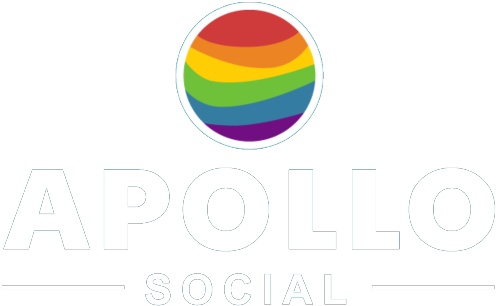It's a tale we've heard 100 times - another beloved bar in the gay neighbourhood closes its doors permanently, replaced by an apartment block that attracts more affluent residents to the area, pricing out the LGBT people who made the neighbourhood what is is. The Guardian highlights the fact that there has been a predictable cycle of birth and death of gay villages and, surprisingly, it is gay people themselves responsible for the gentrification that increases values.
Gay villages generally formed in cheap, undesirable parts of big cities. LGBT people are drawn to big cities because acceptance is generally higher than rural areas. They historically had trouble securing mortgages due the the banking system not recognising their non-traditional families, so they sought out housing they could buy outright. Not having children also enabled them to move to neighbourhoods that did not have good schools. These factors led to gay villages being established in areas no-one else wanted.
Lesbians tend to be the first to arrive. They are often the first to be pushed out of other areas due to relatively lower income compared to men. However, they are less visible than gay men. They tend to fit into existing instititutions of an area - coffee shops, theatres, grocery stores. Gay men arrive next and tend to build new institutions - bars, restaurants and stores. The transformation of the neighbourhood increases its desirability. Once an area becomes desirable, non-gay residents are drawn to the area which increases property values and prices out lesbians. And the cycle starts again.
There is a clear correlation between LGBT people and gentrification. Amin Ghaziani finds evidence of this in "There Goes the Gayborhood?". Nighbourhoods with high-proportions of same-sex couples appreciate in value at a faster rate than average.
The conditions for forming gay villages can still be alive and well in some cities where marginilisation and discrimination are high. Detroit is trying to designate a gay village in that city in the belief a centralised village provides benefits compared to having LGBT people and services distributed over the city. The life-cycle of the gay village begins again.

A florist in Greenwich Village, New York. Image: iStock
Related Articles
-
ArticlesGay VillagesShrinking Gay VillagesShrinking Gay VillagesArticlesThere Goes the Gayborhood?There Goes the Gayborhood, by Amin Ghaziani, tracks the rise and fall of America's gay neighbourhoods and suggests how we can honour the heritage and history of these places even though they are no longer the centralised gay meccas they once were.Global0 0
-
ArticlesGay VillagesSaving Our Gay BarsSaving Our Gay BarsArticlesWhy Our Gay Bars Are Worth SavingCNN Business explores the significance of gay bars to the LGBT community and why they are worth protecting, especially through the pandemic.Global0 0
-
ArticlesGay VillagesSaving Queer SpacesSaving Queer SpacesArticlesSaving London's Queer SpacesLondonners are saving queer spaces by raising awareness of their value and lobbying government to protect them from developersLondon0 0
-
ArticlesGay VillagesShrinking Gay VillagesShrinking Gay VillagesArticlesGay Venues Closing Across AustraliaHigh rents and falling patronage force many gay bars to closeAustralia0 0

